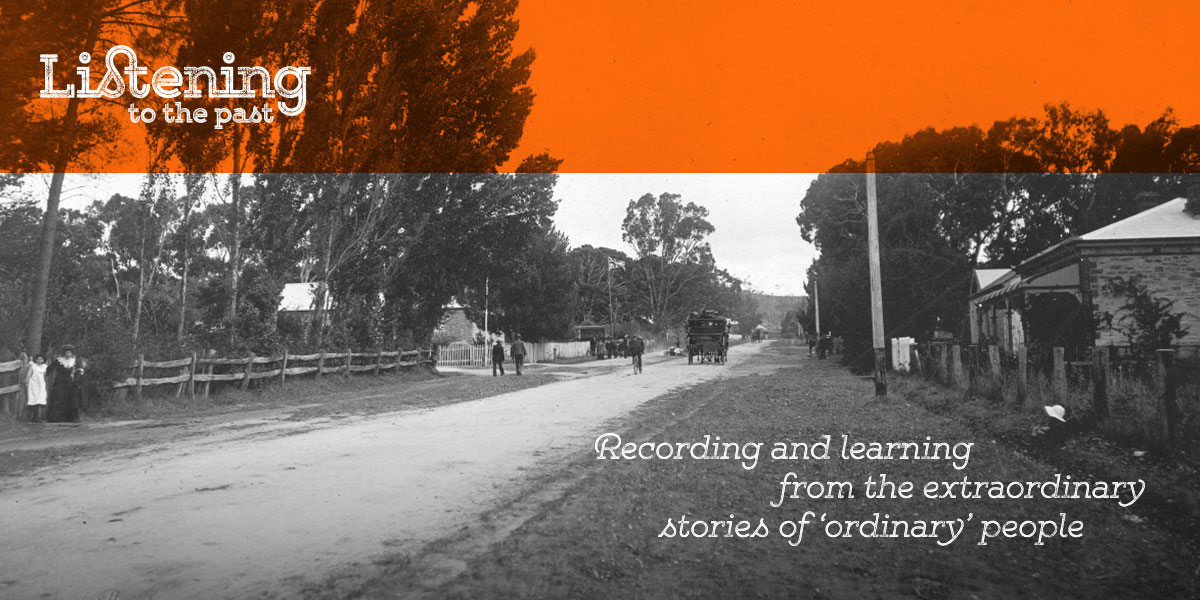What is it like to grow up in the rolling green hills of the Kent countryside in England, only to spend several years as an adult working in the Australian desert?
It is hard to imagine two settings more different in climate, vegetation, wildlife and colour palette.
Some of the people I interviewed for the Life in Woomera Oral History Project spent their childhoods in England, then moved to Woomera to work on the rocket range or to accompany a spouse who was working there.
Childhood memories of Kent
Tony Price grew up in Kent. Here he describes the gardens he remembers from his childhood:
Well the early childhood in Dover of course – the big white cliffs, the rolling hills of the South Downs, small woods. We had a small one next to our garden and it was full of hazelnut trees so we used to in hazelnut season go in there and harvest, and chestnuts – used to harvest those as well, and horse chestnuts of course. Used those for conkers on the end of a piece of string. And in the garden we had a bunch of grey squirrels which I think lived part of the time in our – because we had a couple of nut trees just outside the kitchen door and they were often in there, and I suspect they lived there and also in the trees in the wood. Of course in springtime there’d be carpets of primroses and bluebells and cowslips, so we used to go and pick those. And sometimes in the early summer we’d drag ourselves out of bed early and go mushrooming.”
Winter landscape
Autumn and winter brought dramatic changes to the Kent countryside:
So in winter time of course it changed, because unlike Australia where the trees are – don’t drop their leaves on an annual basis – in England every tree except the yew tree and the holly tree in autumn time, which was beautiful – all the colours, but at the end of autumn we just had these skeletal remains. But come winter time when you’ve got the snow on them, they have a magic all their own. For kids it’s good fun, but when you grow up you don’t appreciate snow and ice quite so much… [It was] a very gentle landscape.”
The contrast of Woomera
Given this background, what then was Tony’s impression of Woomera?

Woomera swimming pool c1975, with the clear blue sky and red sand in the distance. Photo courtesy of Terry Clark.
I was just completely fascinated with it, with the desert. And my elder sister some years later commented on the fact that I’d spent the first 30 years of my life in Europe, and here I was falling in love with the desert that I’d had absolutely no experience of before. But I did. It was just such a contrast to what I’d been used to. The red colour of the sand, and the fact that I had that beautiful sun on my back for most of the year… The summers were hot up there but they were dry – dry heat, but I loved it. Spent our days in shorts, and open-neck shirts. We had a swimming pool at Woomera, and the sky was almost invariably blue every day and all day.”
Looking back
Tony summed up beautifully his feelings about having lived in Woomera:
Definitely the highlight of my time on planet earth. No doubt about it.”
For more stories about life in Woomera, please follow this link.
Quotes from an oral history interview with Tony Price for the Life in Woomera Oral History Project, courtesy of the State Library of South Australia (OH 1123-6).


